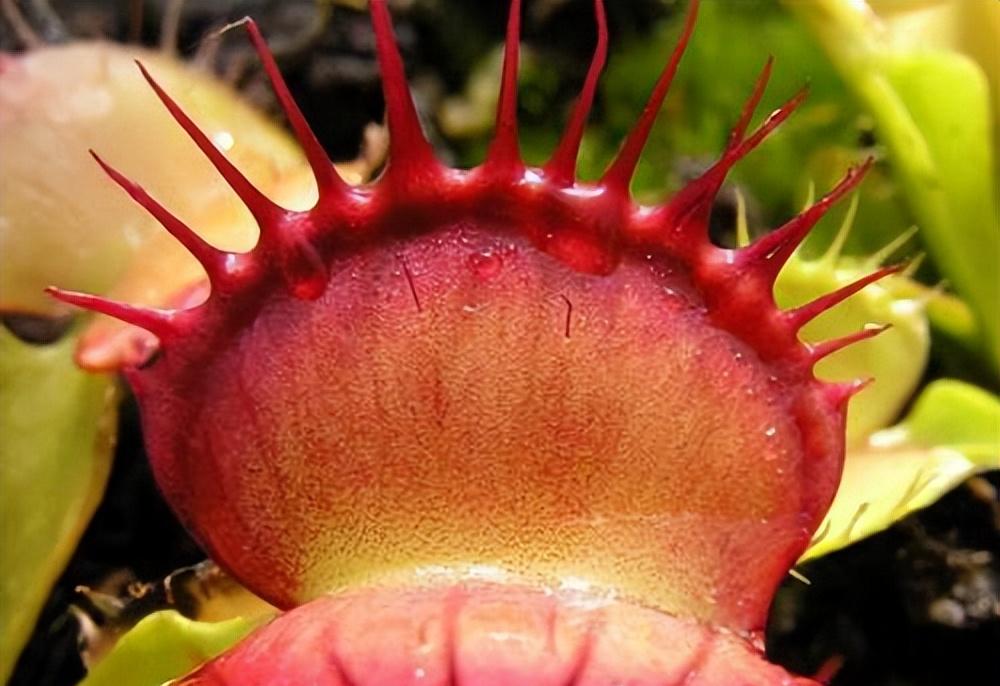There are all kinds of creatures in the world, but most of them are still beneficial to humans. Like the flytrap, which can quickly close its leaves to prey on insects when small insects enter, the flytrap is native to North America but is the most popular organism in the country.
First, the most popular biological flycatcher in China

In many people's imagination, carnivorous plants are fantasy creatures that can firmly grasp and slowly eat lively animals, and this impression is estimated to be derived from horror and science fiction works. In fact, the vast majority of carnivorous plants do not move, or can only carry out a small amount of movement, relying on slime and traps to keep the rabbit, and the flytrap is such a existence.
Although the flytrap looks like a strange creature in the rainforest, its origin is actually a small coastal area in North Carolina, USA, and was first described in 1759. There is also a nature reserve for wild flycatchers in North Carolina, which is listed in Appendix II in CITES, but trade in seeds and tissue culture seedlings is unrestricted.
Flycatcher is a perennial herb with a creeping bulb, a small number of whisker roots that are very underdeveloped, and the leaves are arranged in a rosette-like arrangement. The leaves consist of two parts, the lower part near the stem is wedge-shaped, the upper part has a shell-like trap, and the leaf is about 10 cm long. The leaves of the flytrap have two forms, the lower part of the summer leaf is slender and stretches into the air, and the lower part of the leaf in other seasons is short and wide, and the flytrap relies on these two leaves when it preys, so how does it prey step by step?
Second, how flytraps prey on insects
Surprisingly, the closure of the trap requires strict specific touch conditions, making it necessary to believe that it has a fast information processing system, similar to the nervous system of animals, to control the complex activities of the trap. When the sensory hairs inside the clip are touched, which act like a lever, compressing the sensory cells at the base of the sensory hairs, this action causes the sensory cells to produce a charge signal that is transmitted to the leaf tissue of the trap, and the charge accumulates within the leaf tissue.
But it is not enough to stimulate its closure, only at a certain time when any of the sensory hairs are touched again, the amount of charge reaches a threshold, the liquid on the inside of the clip flows rapidly to the outside, the inside of the clip shrinks smaller, the expansion of the outside becomes larger, prompting the clip to turn over and bend the inside to close, and then through the local adjustment to make the clip fully closed. The specific information processing mechanism is quite complex and needs further study.
In addition to its own factors, the closing speed of the trap clip is also related to the external temperature, the higher the temperature, the faster the closing speed, so the closing speed of the summer clip will be much faster than other seasons, and the winter sleep will basically lose the ability to close. The trap can also distinguish between food and non-food, and when we touch the sensory hair with a small stone, the clip closes, and after a few hours, it will slowly open again.